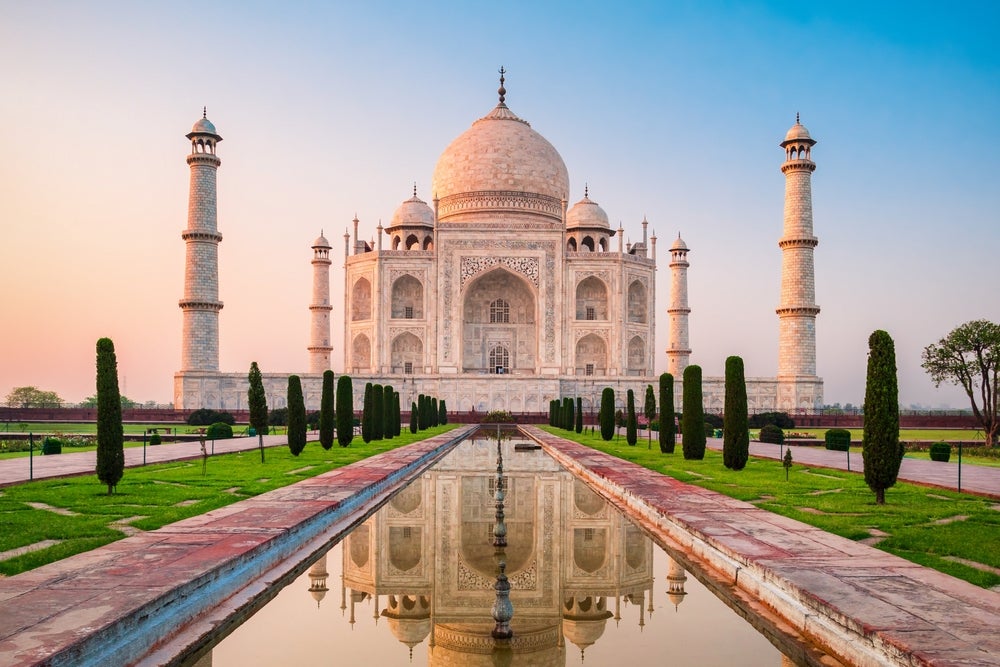Contributors from India were asked three questions: What were the highlights/trends in your market last year? (i.e. important mergers, regulatory changes, economic situation etc.); What are the opportunities and challenges for accounting firms in the market?; What are the expectations for the future short/medium/long term?
By Harsh Bhuta, partner at Bhuta Shah & Co (member firm of Morison KSI)
The Indian economy has come a long way since its Hindu growth rates of 3% in the 1970s and 80s. The last two decades, have seen the Indian GDP consistently growing at 7%+ year on year. It’s currently the fastest growing large economy in the world. Progressive governments have had a large part to play in this transformation. Having completed over three years in office, Prime Minister Narendra Modi has been in a hurry to introduce historic reforms which have started showing results over the last few months.
Some of the major events taking place in the Indian market in the last year have been;
- Introduction of the Good and Service Tax (GST) – In July 2017, India moved to GST, the single biggest tax reform undertaken by the country in 70 years of independence. The national GST unifies the country's USD 2 trillion economy and 1.3 billion people into a common market as GST replaces more than a dozen indirect taxes and levies a new goods and services tax. It is projected to help reduce the immense clout which India’s myriad middlemen wield at state borders, free up internal trade, make it easier to do business and widen the country’s tiny tax base.
- Demonetisation of INR 500 and INR 1000 notes – PM Narendra Modi’s announcement on November 8 2016 to withdraw INR 500 and INR 1000 bank notes, constituting 86% of the currency in circulation was a step towards curbing black money and was the most bold and surprising move of 2016.
- Implementation of Indian Accounting Standards (IND AS) from April 2017 – India has chosen a path of International Financial Reporting Standards (IFRS) convergence rather than adoption. Hence, IND AS are primarily based on the IFRS issued by the International Accounting Standards Board (IASB) albeit certain carve-outs.
- Implementation of the Insolvency and Bankruptcy Code, 2016 – The Insolvency and Bankruptcy Code, 2016 (IBC) is the bankruptcy law of India which seeks to consolidate the existing framework by creating a single law for insolvency and bankruptcy. The new law will provide a single framework for the recovery of debts within 180 days by all creditors of insolvent companies.
Top Mergers and acquisitions of 2016-17
- Rosneft and Essar – Russian state energy giant Rosneft struck a $12.9 billion deal with India’s second-biggest private oil firm, Essar Oil, in a transaction that involves the largest inflow of foreign direct investment into the country.
- Vodafone India and Idea Cellular Merger – In March, British Telecom major, Vodafone India and Aditya Birla Group’s Idea Cellular agreed to merge operations in a $23 billion deal, creating the country's biggest telecom player after the entry of new entrant Reliance Jio sparked a price war. The boards of Vodafone India, and Idea Cellular – India’s second largest and the third largest telecom operators respectively approved the merger.
- HDFC Life and Max Financial – Analjit Singh-promoted Max Financial Services Ltd and mortgage lender Housing Development Finance Corporation have proposed to merge their life insurance businesses to create the largest private-sector life insurer in the country.
The introduction of a spate of regulatory changes and an overhaul of several antiquated laws in India over the last couple of years has created a tremendous opportunity for accounting firms, particularly full service accounting firms.
How well do you really know your competitors?
Access the most comprehensive Company Profiles on the market, powered by GlobalData. Save hours of research. Gain competitive edge.

Thank you!
Your download email will arrive shortly
Not ready to buy yet? Download a free sample
We are confident about the unique quality of our Company Profiles. However, we want you to make the most beneficial decision for your business, so we offer a free sample that you can download by submitting the below form
By GlobalDataOver 20,000 business start-ups have started in the last 2 years creating increasing opportunities for accounting firms. The Goods and Services Tax (GST) has been a boom for firms specializing in indirect taxation as most businesses required understanding and implementation of this tax system. Accounting firms have diversified their service offerings to facilitate equity listing of Small and Medium Enterprises on the SME Equity Exchange. The BSE SME Index has grown over 700% over the last 3 years.
Another interesting opportunity for auditing firms has been the compulsory audit rotation which has kicked in from April 2017, wherein an auditor has to be changed after a continuous period of 10 years. The government introduced this practice to level the playing field for smaller accounting firms.
Challenges include many client accounts moving to larger full service accounting firms which have dedicated practices providing specialized services. In order to remain competitive, firms have to stay abreast with the upcoming laws, regulations and tax reforms.
India is heading towards an exciting future with approximately half of India’s 1.2 billion people under the age of 26, and by 2020, it is forecasted to be the youngest country in the world, with a median age of 29. This translates into a growing pool of buyers for goods and services, and a growing middle class.
A growing workforce has helped giving businesses access to people that are young, educated and physically fit while driving down labour costs. Already, Chinese manufacturing labour costs nearly four times as much, at an average of US$3.52 an hour, as it does in India, at 92 cents an hour.
The progressive central government, NDA came to power 3 years ago with a strong mandate in the world’s largest democracy. It has maxim being minimum government and maximum governance – which has been reflected in its strong push towards ease of doing business, Made in India programs and ambitious public sectors disinvestment targets.
The government has led initiative ‘Digital India’ / ‘Smart Cities’ listing out 100 Indian cities which will be transformed into Smart Cities in the near future. Mobile subscription is foreseen to hit 1.4 billion by 2021 which has led to scorching ecommerce growth – from being worth just about $3.9 billion in 2009, online retail is worth $38 billion in 2016 and it is expected to generate about $100 billion in revenue by 2020.





